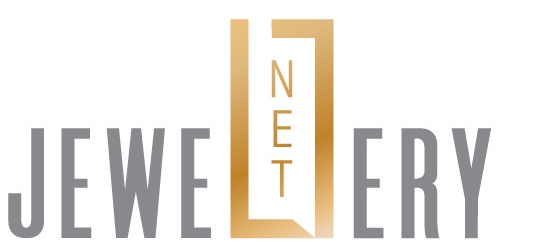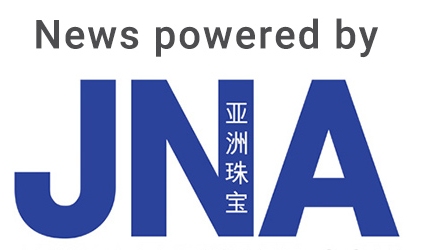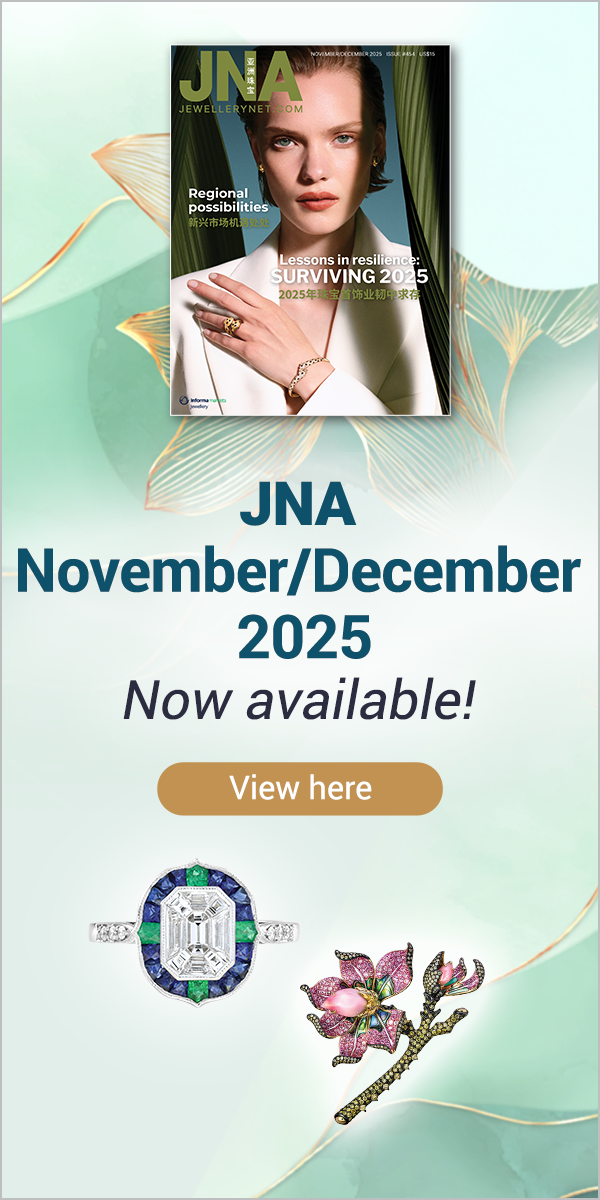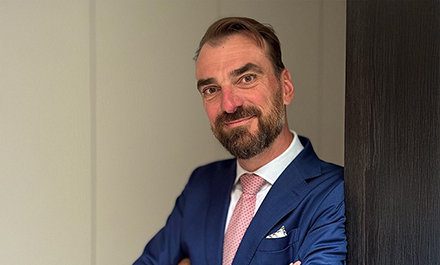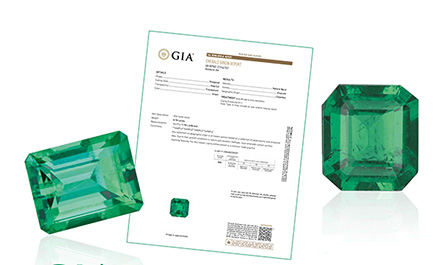Now under new leadership, the Gemological Institute of America (GIA) continues its mission to safeguard consumer confidence while building a future anchored in science and powered by technology.
This article first appeared in the JNA November/December 2025 issue .
For nearly a century, the Gemological Institute of America (GIA) has upheld consumer trust in the gem and jewelry industry through robust scientific research, which underpins its education, laboratory and instrumentation services.
Industry trailblazer Susan Jacques directed its course as president and CEO from January 1, 2014 to August 4, 2025, navigating GIA through the Covid-19 pandemic, geopolitical forces and evolving consumer preferences.
When she revealed early this year her intention to retire by year's end, a global search ensued to find her successor. GIA eventually promoted from within. In June, the institute announced that its Senior Vice President and Chief Operating Officer Pritesh Patel, who first joined in 2015 as chief information officer, would become president and CEO from August 4.
Patel now steers it towards its centennial in 2031, with Jacques staying on as strategic advisor till the end of 2025.
Legacy of leadership
In a chat with JNA, Jacques said she was looking forward to retirement but had mixed emotions about leaving the trade after 45 years, including 12 with GIA and 20 as president and CEO of Borsheims Fine Jewelry and Gifts.
When Jacques took over at GIA in 2014, the institute was experiencing significant growth in diamond intake and expanded rapidly. While this led to a challenging hyper-hiring phase, she seized the opportunity to provide more services to clients, fulfilling GIA's mission of consumer protection.
“Managing through Covid has obviously been very difficult. But in 2021, we had an exceptional year, as most in the industry did,” Jacques recalled. “And then the downturn, geopolitical issues and disruption with lab-grown diamonds certainly brought about some difficulties, but we have a passionate, committed team and managed to work through those.”
Jacques believes the best days of the gem and jewelry industry still lie ahead. Extensive opportunities exist for future generations to learn about, understand and appreciate owning Mother Nature's greatest treasures, she noted.
"GIA was founded in 1931 with the sole purpose of ensuring consumer confidence. And consumers must have confidence in their purchases to enable us to be successful as an industry. Times have changed dramatically with increased technology and the rise of lab-grown diamonds, particularly in the US. As an organization, you continually evolve, adapt and seize the opportunities that come your way during the trying times," Jacques said.
The next phase
Her successor agrees. Patel told JNA that his strategic priority is to safeguard consumer confidence and sustain GIA's position as the industry's most trusted organization.
Patel subscribes to servant leadership and describes his management style and his trade approach as collaborative.
“The jewelry industry faces several macro challenges, from US tariffs and geopolitical wars to disruptions from laboratory-grown diamonds, all creating significant uncertainty,” he said. “To uphold consumer trust, GIA will keep providing education and clarity. We are also uniquely positioned as an independent organization to bring together key stakeholders to address pressing issues.”
According to Patel, GIA under his leadership will remain rooted in science, with greater focus on innovation, speed, agility and collaboration.
In recent months, the institute has made substantial changes to its evaluation process, from including filler information in its emerald reports and expanding the nacre scale in its pearl evaluation reports to changing its classifications for lab-grown diamonds. Patel deems these initiatives essential to adapt to evolving times while upholding public trust in gems and jewelery.
One prime example is public confusion over lab-grown diamonds. Patel noted that GIA developed the 4Cs system for diamonds decades ago to evaluate the rarity factors of color and clarity based on what nature produced as a continuum of scale.
“Laboratory-grown diamonds however fall within a very small zone – 95 per cent of these stones are in the DEF categories and VVS and above. The 4Cs do not apply anymore. We must ensure that the consumer knows there is a distinction between laboratory-grown diamonds and natural diamonds, and they know what they are purchasing,” Patel explained. “As an independent body, we at GIA believe consumers will want both – natural and laboratory-grown diamonds will each have a place in the market.”
Growth areas
Technology – particularly artificial intelligence (AI) and traceability – features prominently in Patel’s vision for GIA.
The institute currently uses AI in diamond grading, colored gemstone origin determination and a host of other operations. While GIA's foundation will always be research, Patel sees AI bringing tremendous advantages in terms of efficiency and creating new growth opportunities.
On the traceability front, GIA has taken an equity stake in Tracr to play a significant governance role in its operations. Patel underscored the importance of an independent industry-wide blockchain platform in meeting heightened consumer demand for transparency.
Jewelery grading in the secondary market likewise offers substantial growth potential. GIA already authenticates fine jewelry sold on e-commerce giant eBay, but Patel aims to expand these services further.
Pointing to notable wealth transfers, particularly in the US, he said, “Trillions of dollars are transferring from one generation to the next. Many of these jewelery pieces are returning to the market through platforms such as eBay. Buyers need to be assured of their authenticity while sellers need to understand their value. GIA can provide this.”
Trade tools
Patel also intends to reinvigorate GIA's educational programs to prepare the trade for an increasingly digital-focused and complex ecosystem.
For starters, the institute is offering more courses on AI applications in jewelry design and various other uses in the gem and jewelry trade. Meanwhile, its Next Gem program comprises short one- or two-hour courses on basic jewelry knowledge to empower sales associates.
“One of the biggest concerns for retailers is bringing new staff up to speed on industry knowledge. Next Gem will teach the main skills and knowledge they need to service clients,” Patel said. “We also want to equip new generations entering the trade with skillsets necessary for creativity and entrepreneurship to flourish.”
Retailers, whom Patel called the “last 18 inches between the trade and the consumer, are another priority. Under his watch, GIA will equip them with more interactive tools, actionable insights and educational initiatives to successfully engage with customers.
Patel said, "GIA is turning 100 in 2031. I want our institute to be future-ready, anchored in science, powered by technology and trusted by consumers globally. That is my vision moving forward."
Click here to watch JNA Conversations with Susan Jacques and Pritesh Patel for more leadership insights.
